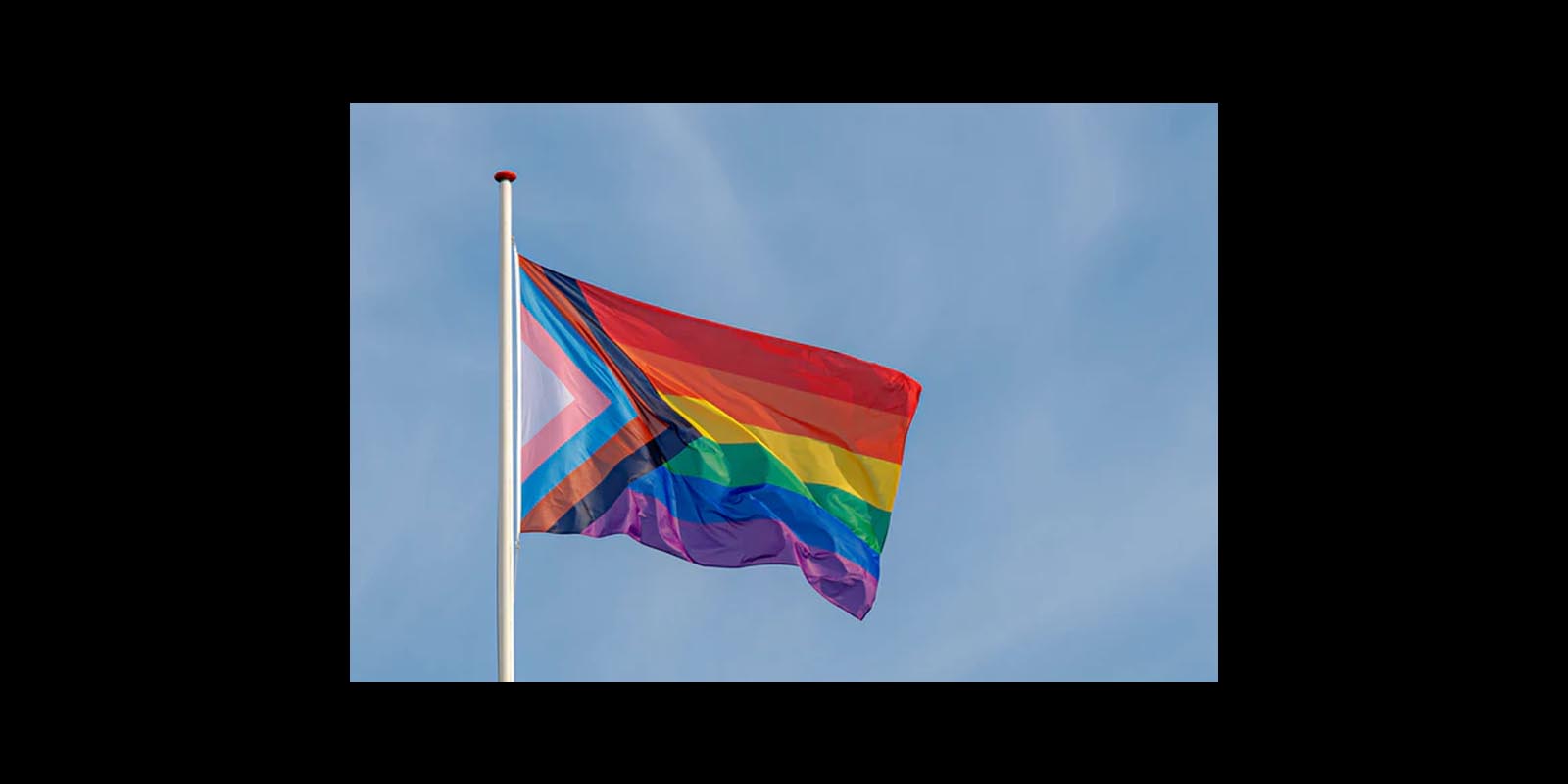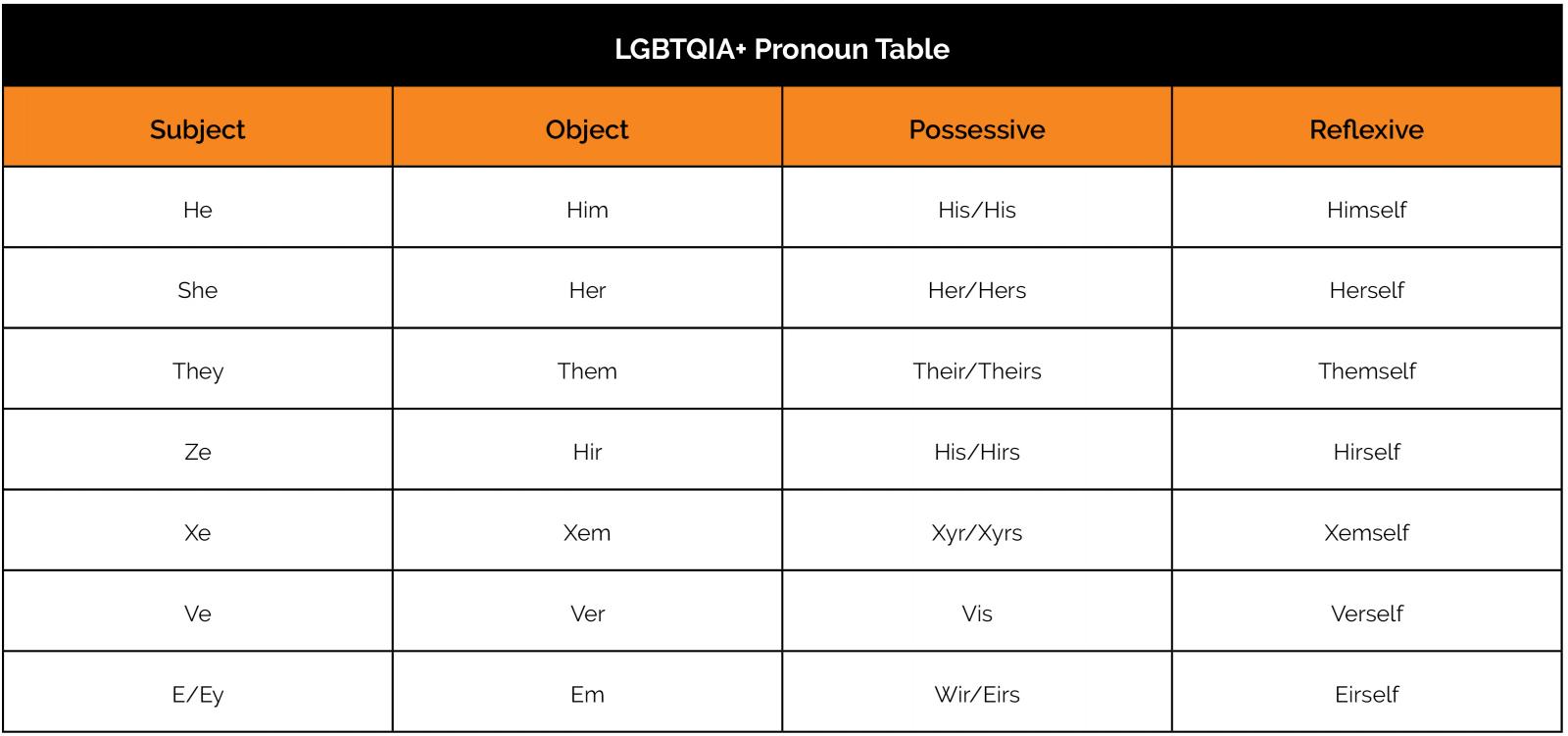Sexuality and gender are broad spectrums that can sometimes be hard to understand. Below are some common terms that can help you to better understand gender identity and sexuality.
Terminology
The following terms are the most well-known or frequently used terms regarding sexuality and gender. If you feel that these terms do not apply to you, we encourage you to continue researching, use the resources we have included or to reach out to the organisations that may be able to help!
- Aromantic: someone who doesn’t experience romantic attraction
- Asexual: someone who doesn’t experience sexual attraction
- Bisexual: someone who likes two or more genders.
- Brotherboy: a specific cultural term that usually refers to a transgender man. It is important to remember that not everyone who refers to themselves as brotherboy identifies as transgender.
- Cisgender: someone who identifies with the gender assigned to them at birth.
- Gay: typically used to describe men attracted to other men, however, people of different genders (such as non-binary) may also use this term to describe an attraction to men or masculine people.
- Genderfluid: someone who’s gender identity is fluid and may change over time/at different points
- Intersex: someone who is born with genetic, hormonal or physical sex characteristics that do not align with the medical norms for ‘male’ or ‘female’ bodies. Intersex people have a diversity of bodies and identities
- Lesbian: typically used to describe women attracted to other women, however people of different genders (such as non-binary) may also use this term to describe an attraction to women or feminine people.
- Non-binary: someone who does not identify as male or female
- Pansexual: someone who likes people regardless of their gender.
- Queer: this is an umbrella term that someone may identify as but also refers to community amongst LGBTIQA+ people.
- Sistergirl: a specific cultural term that usually refers to a transgender woman. It is important to remember that not everyone who refers to themselves as sistergirl identifies as transgender.
- Transgender: someone who’s gender identity does not align with the identity they were given at birth. They may transition socially, legally and/or medically to affirm their own gender identity. For example, a trans man is someone who was born female but identifies as a boy/man.
Read about 'The Sistergirls of the Tiwi Islands' - How a remote community in northern Australia has the highest population of transgender people in the country. (Buzzfeed).


Image: Progress Pride Flag, Mic.
Sex vs Gender vs Sexuality
- Sex refers to your biology and the body you were born in (male, female, intersex). This was how you were born physically and may be different to how you view your gender identity.
- Gender Identity refers to how we see ourselves and ties more to socially constructed identities (boy, girl, etc).
- Sexuality refers to your attraction to others (gay, lesbian, straight, etc).
Pronouns & Preferred Names
Everyone has pronouns, it is what people use to refer to you when they don’t use your name. Common pronouns are he/him, she/her and they/them. It is important to always use someone’s preferred pronouns when speaking to and about them as it is respectful and misgendering them can be extremely hurtful and harmful to the individual.

If you are unsure of someone’s pronouns it is always ok to ask them respectfully, if someone’s tells you their pronouns and you accidentally use the wrong ones make sure to apologise and to try not to make the mistake again.
Some people may also have a preferred name that is different to their birth name (which is sometimes referred to as their deadname). Always use someone’s preferred name when asked to as it can be hurtful or harmful to call them by their birth name.
The reason using the wrong pronouns or name can be harmful is because the individual may experience gender dysphoria which causes someone distress when the gender they identify as does not align with the gender they were assigned at birth.
Sources
-
Understanding & Using Pronouns
A learning resource introducing the different types of pronouns and how to respectfully use them.Download
-
LGBQTIA Inclusive Language & Practices Guide
This LGBQTIA+ Inclusive Language Guide has been designed to be a quick reference sheet.Download
